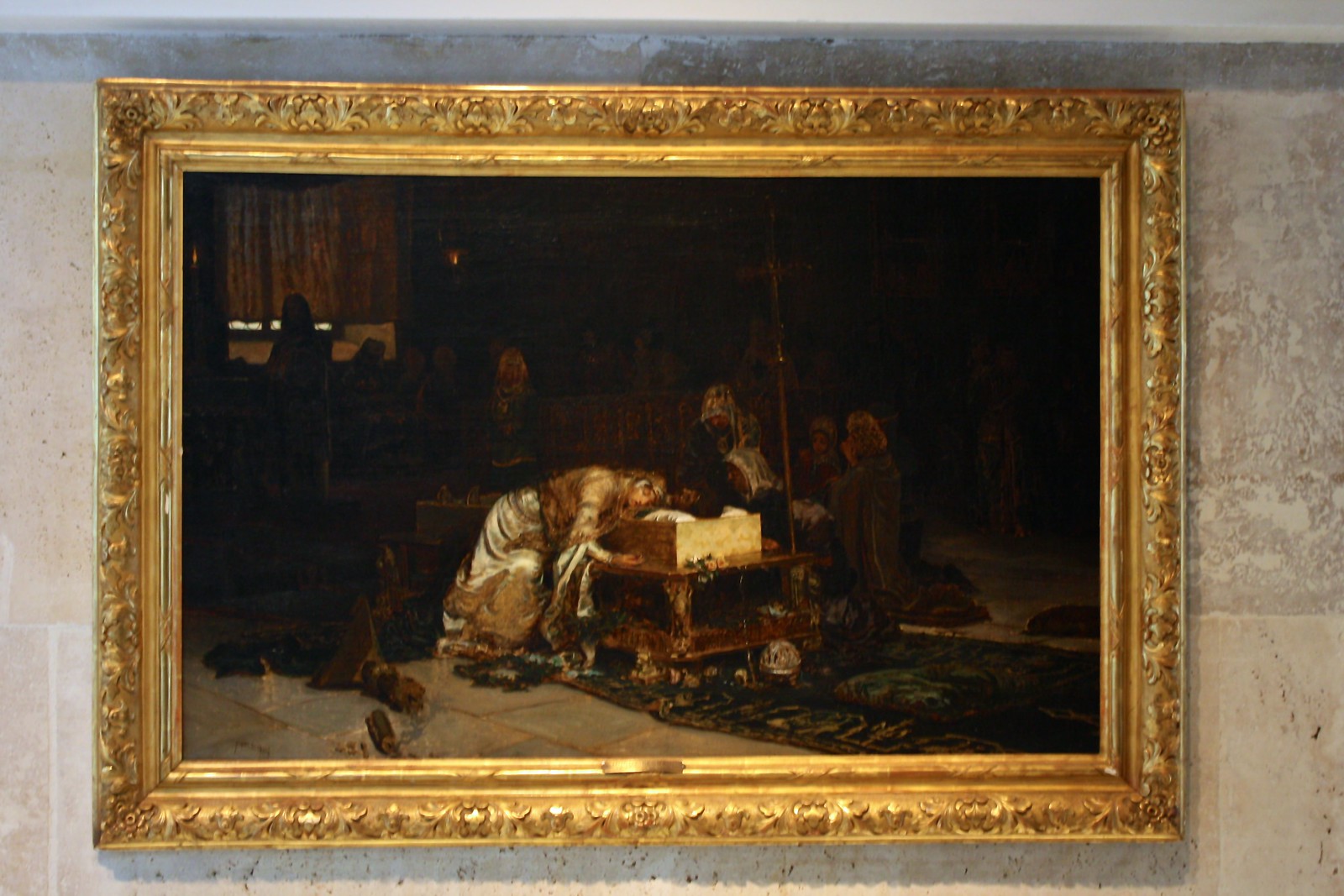Teruel is somewhere people visit on the way to somewhere else. This is very unfair, as it is a really interesting place, but there you go. Around Valentine’s Day, however, this sleepy provincial town in the deeply unfashionable region of Aragon in eastern Spain comes into its own, putting on a programme of events to celebrate the legend of the Lovers of Teruel.

The historical documentation may be a a bit shaky, but what does factual accuracy matter when it comes to true passion? The story goes back to the 13th century, when two teenagers, Juan Diego Martinez de Marcilla and Isabel de Segura, met and fell in love. Although they were both from noble families, Diego had no money and Isabel’s father refused to agree to the match. Her suitor asked to be granted five years to seek his fortune and prove himself worthy of her.
When the five years were up, he returned to Teruel a wealthy man, only to find that his beloved Isabel had been forced to marry a rich man from nearby Albarracin just the day before! He went to see her in secret and begged for a kiss. As a married woman, she was honour-bound to refuse. The distraught Diego dropped dead on the spot.
The next day, the whole town turned out for his funeral. Isabel, wearing a veil to hide her face, crept up to her lover’s open coffin and bent down to grant him in death the kiss she had denied him in life. As their lips touched, she collapsed and died too. The people of Teruel decided that the couple should be laid to rest together in the Iglesia de San Pedro.

Three centuries later, builders doing restoration work on the church uncovered the mummified remains of a man and a woman. Investigations revealed them to be the bodies of the doomed lovers.
The tale became more well known after the playwright Tirso de Molina wrote about it in 1635, but gained prominence in the 19th century when the Romantic writer Juan Eugenio Harzenbusch wrote a play which became very popular all around Spain. Detractors claim that the whole story was lifted from Boccaccio’s Decameron, which was written in 1350, but today’s visitors don’t care too much about that.
On a cold but sunny February morning I walked into the mausoleum alongside San Pedro’s church where the tombs are now displayed. Larger-than-life alabaster figures of the pair recline on top of their separate coffins, their hands outstretched towards each other, but not quite touching.
Crouching between the tombs, I peered through the open latticework to look at the two corpses underneath, the blackened, leather skin taut around their skeletons. It was a macabre sight, and not remotely romantic.
In 2017, the festival takes place between February 16 and 19, with reenactments of all the key events of the legend.





